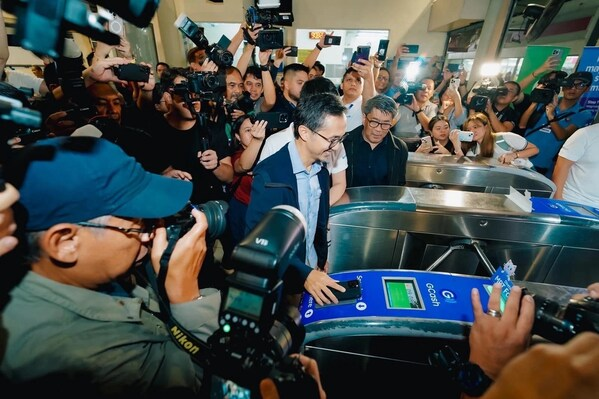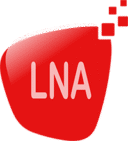MANILA, Philippines, Aug. 13, 2025 /PRNewswire/ — The Philippine government has partnered with the country’s leading e-wallet in line with its agenda to modernize the local transportation sector with world-class payment solutions.

The Department of Transportation (DOTr), the country’s central bank, Bangko Sentral ng Pilipinas (BSP), the Department of Information and Communications Technology (DICT), and leading local fintech giant GCash have launched world-class cashless solutions in Metro Manila’s main rail line, the Metro Rail Transit System Line 3 (MRT-3).
This initiative positions the Philippines in the same category as its Southeast Asian neighbors, such as Singapore, which have implemented open-loop ticketing systems, which reduces friction for commuters, allowing them to use various cashless modes of payment.
The newly launched Automated Fare Collection System enables faster, easier journeys for MRT-3 passengers via a tap-in and tap-out method through multiple modes of payment: QR, mobile NFC, and debit/credit cards.
“This is just the beginning. We’re working on this to make all turnstile carousels [equipped] with this option for various payment modes,” said Transport Secretary Vince Dizon, adding the digital payment solutions will soon be available in other rail lines — the Light Rail Transit Lines 1 and 2, and other mass transport systems.
“One of our core mandates is to make payments safer, secure, efficient, reliable, and more accessible to all. Today, those two goals come together,” said Walter Wassmer, member of the central bank’s Monetary Board.
To help ensure the success of this initiative, DICT Secretary Henry Aguda said they have been working to enhance internet connectivity at MRT-3, allowing commuters to access the GCash app whenever.
“We’re so proud and excited to finally launch this service in partnership with the government,” said Martha Sazon, President & CEO of Mynt, the holding company of GCash. “Before, people would line up as early as 4:30 am just to buy a ticket. I hope that with this project, we can help them make their commute faster and more convenient.”
